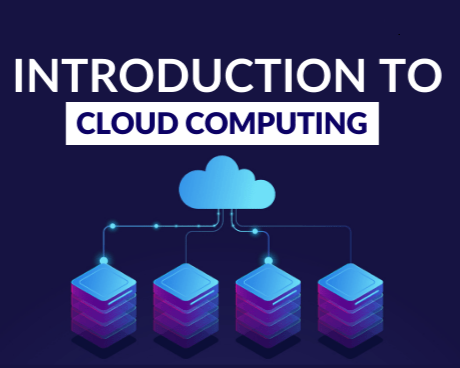Description
Welcome to the exciting world of cloud computing! In this comprehensive course, we explore the fundamental concepts, technologies, and practical applications that define the modern era of computing.
Cloud computing represents a paradigm shift in how computing resources are provisioned, managed, and utilized. Gone are the days of solely relying on local servers and infrastructure. Instead, organizations and individuals now leverage the power of remote servers hosted on the Internet to store, process, and access data and applications. This shift brings unprecedented flexibility, scalability, and efficiency to IT operations across industries.
Throughout this course, we will delve into the core principles that underpin cloud computing. We start by understanding the basic architecture of cloud computing, distinguishing between the three main service models: Infrastructure as a Service (IaaS), Platform as a Service (PaaS), and Software as a Service (SaaS). Each model offers distinct advantages and caters to different use cases, empowering businesses and developers to focus more on innovation rather than infrastructure management.
Next, we explore the key characteristics of cloud computing, such as on-demand self-service, broad network access, resource pooling, rapid elasticity, and measured service. These characteristics enable users to rapidly deploy applications, dynamically scale resources, and pay only for their use, optimizing costs and enhancing operational efficiency.
As we progress, we dive into the essential components of cloud environments, including virtualization technologies, containers, and orchestration tools. These components are crucial in abstracting hardware resources and streamlining application deployment and management processes.
Moreover, security and compliance are paramount in cloud computing. We examine best practices and strategies for safeguarding data, applications, and infrastructure in the cloud, addressing data privacy, encryption, access control, and regulatory requirements concerns.
Furthermore, the course covers popular cloud platforms and providers, such as Amazon Web Services (AWS), Microsoft Azure, and Google Cloud Platform (GCP). We explore their respective offerings, services, and pricing models, equipping you with the knowledge to make informed decisions when selecting a cloud provider for specific business needs.
Finally, we discuss emerging trends in cloud computing, including serverless computing, edge computing, hybrid cloud solutions, and the integration of artificial intelligence and machine learning capabilities. These advancements promise to revolutionize further how organizations innovate, collaborate, and deliver value in the digital age.
By the end of this course, you will have gained a solid understanding of cloud computing fundamentals, enabling you to navigate the complexities of cloud environments confidently. Whether you are an aspiring cloud architect, a seasoned IT professional, or a business leader exploring cloud migration strategies, this course provides a robust foundation to leverage the full potential of cloud computing technologies.





Franklin –
The content is up-to-date with the latest trends in cloud computing, which is crucial for anyone entering this field. The course materials are well-organized, and the quizzes are helpful for self-assessment.
Morgan –
I appreciated how this course balanced theory with practical application. By the end of the course, I not only understood the concepts but also felt confident enough to start working on real cloud projects.
Bidemi –
The community around this course is fantastic. There are forums and discussion boards where you can interact with peers and instructors, which enhances the learning experience. It’s great to be part of such a supportive environment.